Some interesting stuff
A couple of things that jumped out at me when reading it that you might find interesting:
- There are so many more farmers raising grass fed beef than there were even 20 year ago. In 1998 there were around 100 notable producers finishing grass-fed cattle in the U.S. In 2016 there were an estimated 3,900(!) . -- if only they were all pasture based!
- Still, most grass-fed beef you see in stores is imported and you’d never even know it. According to this report, imports account for an estimated 75-80% of total U.S. grass-fed beef sales by value. As long as the imported beef passes through the required USDA-inspected plant, it can be labeled as a “Product of the USA.”
- Animals in feedlots (i.e. not out on pasture like our animals) are fed manufacturing byproducts (including cookie crumbs, sugar beet tops, orange pulp, candy, potato byproducts and potato waste) to reduce feed costs.
- Rotational grazing (the way we let our animals move from one area to the next as they graze) has been shown to increase forage productivity while increasing soil organic matter, soil fertility and water-holding capacity. In fact, every 1% increase in soil organic matter allows soils to hold between 20,000 and 25,000 more gallons of water per acre (!) It also sequesters carbon in the soil (rather than having it go into the atmosphere)
- The environmental and public health costs of conventional beef has been estimated to be on the order of billions of dollars (I think if one fully considers climate change, the impact of conventional beef could be much higher -- OUR beef appears to sequester carbon)
- The scope of the biggest feedlots is just mind-blowing: The largest 66 CAFOs (Concentrated Animal Feeding Operations) accounted for a third of all fed cattle marketed, even though they represented only 0.1% of all feedlots in the U.S.

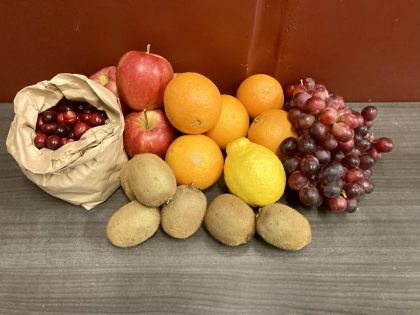

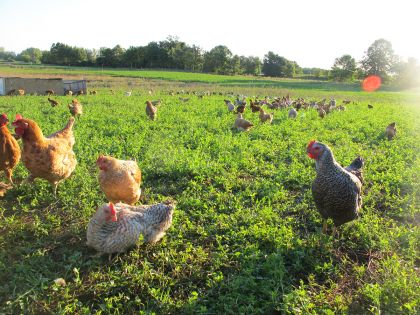
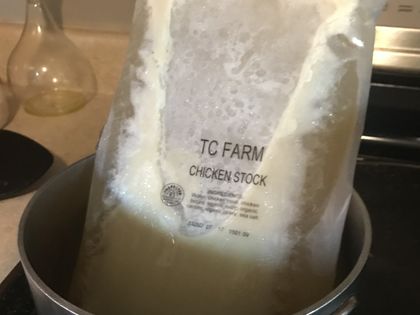

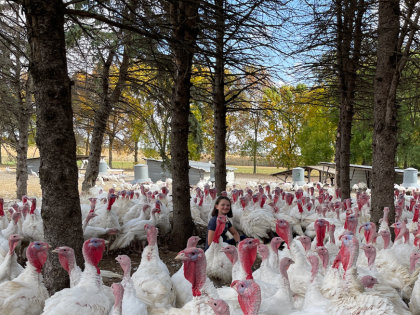
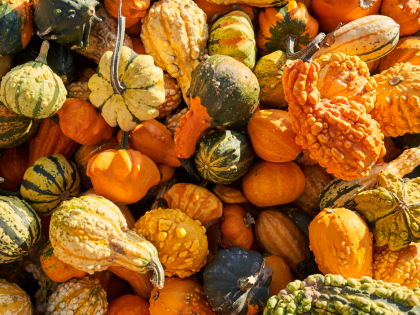
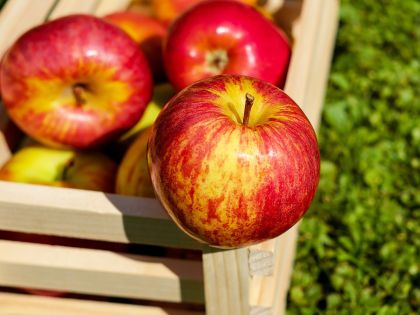

Comments (0)
Add a Comment
Add a Comment